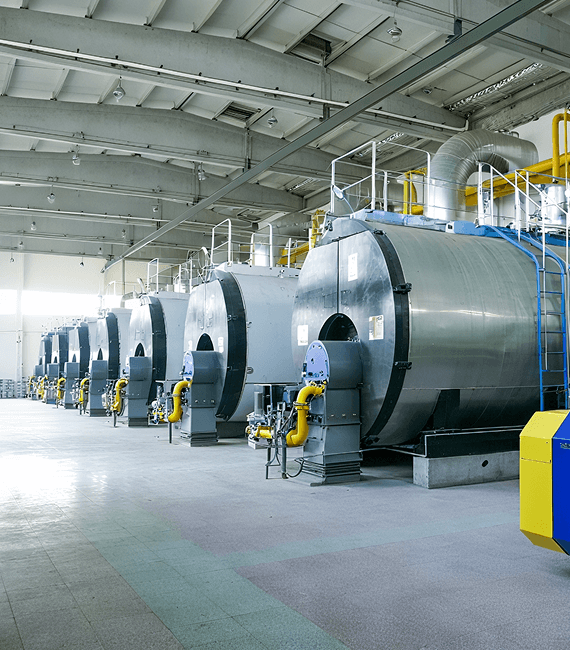To check the pressure in your boiler, you can follow these steps:
Locate the pressure gauge:The pressure gauge is typically located on the front panel of the boiler. It may be a round dial or a digital display.
Check the pressure levels:The pressure gauge will show the current pressure reading. It is usually measured in bar units. The optimal pressure range for most boilers is between 1 and 1.5 bar when the system is cold.
Ensure the boiler is off:Before checking the pressure, make sure the boiler is turned off and cooled down. This is important for an accurate reading.
Check for pressure loss or increase:If the pressure is below the recommended range, you may need to add water to the system. If the pressure is too high, you might need to release some water to reduce the pressure.
Add or release water if necessary:If the pressure is low, you can add water to the boiler by locating the filling loop (usually a flexible hose connecting two valves) and opening the valves to allow water into the system until the pressure reaches the desired level. If the pressure is too high, you can release water by using the pressure relief valve or bleeding radiators until the pressure drops.
Monitor the pressure:After adjusting the pressure, turn on the boiler and monitor the pressure gauge to ensure it remains within the recommended range. If the pressure continues to fluctuate or falls outside the optimal range, it may indicate a problem that requires professional assistance.
Remember, if you are unsure about checking or adjusting the pressure in your boiler, it is always recommended to consult a qualified heating engineer or boiler technician for assistance.


